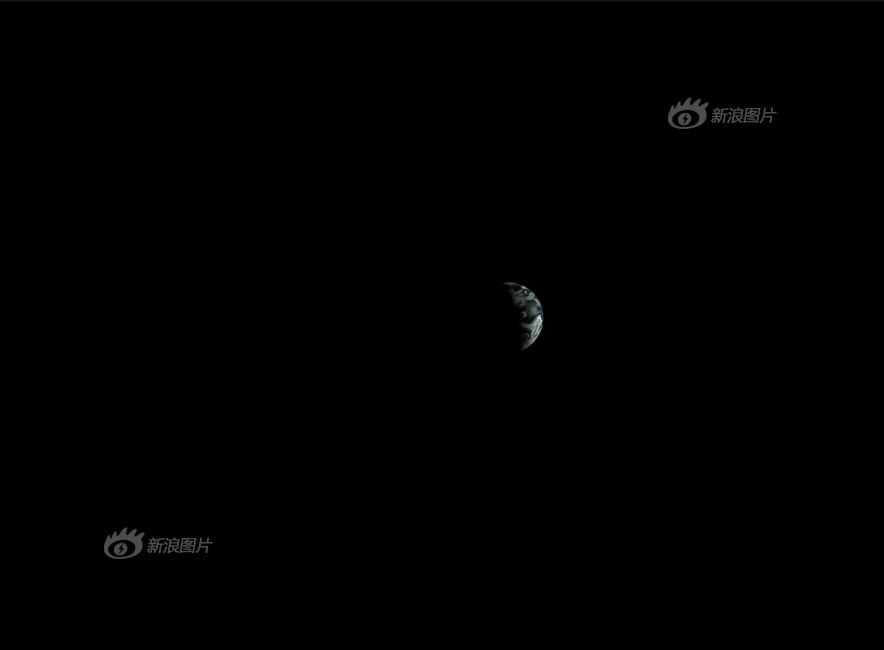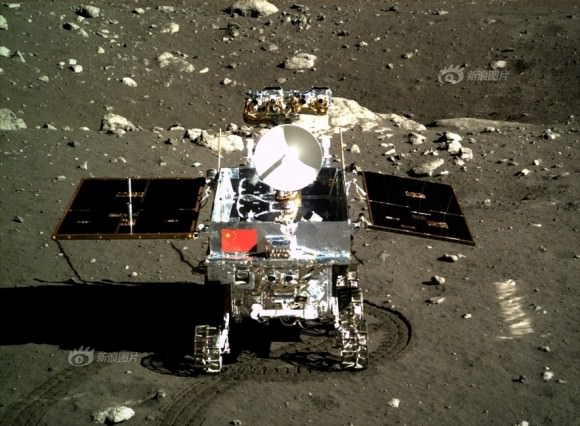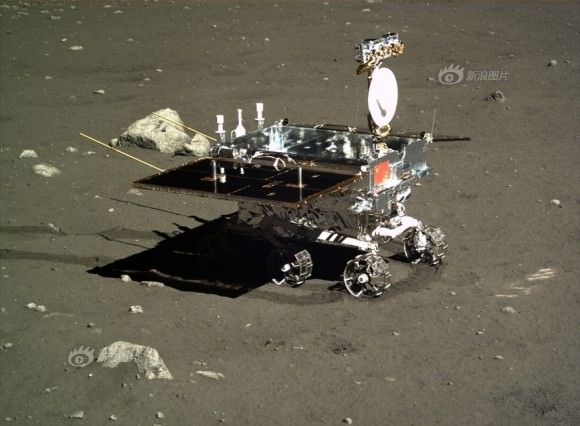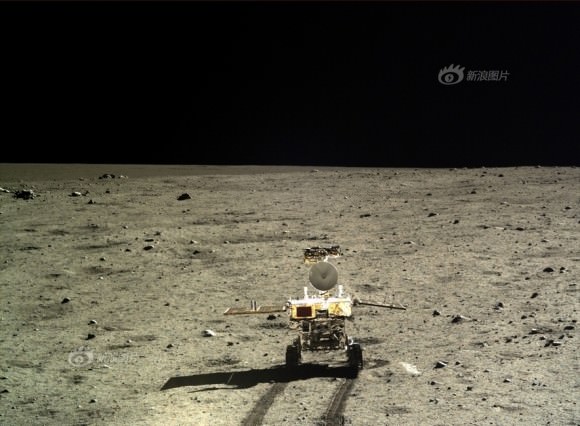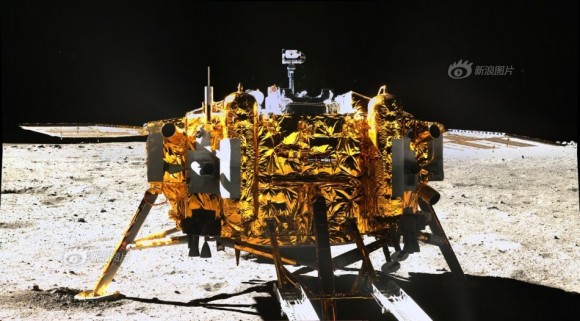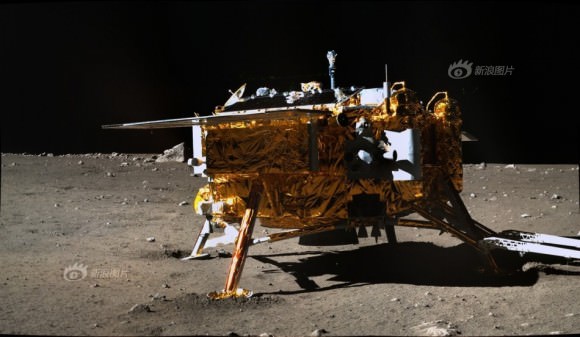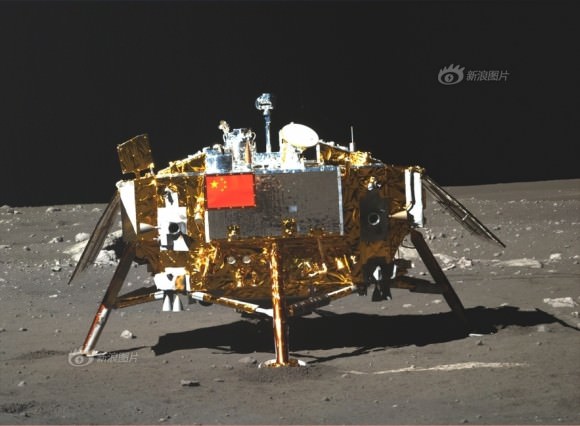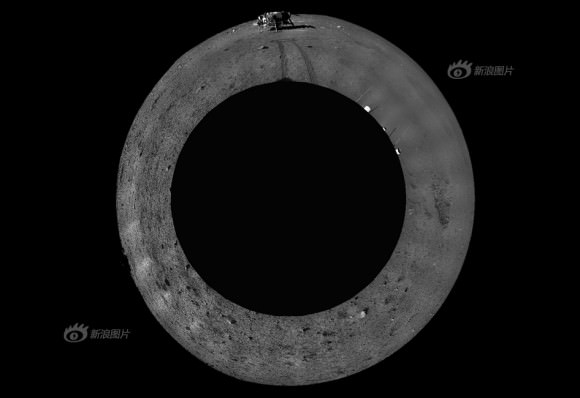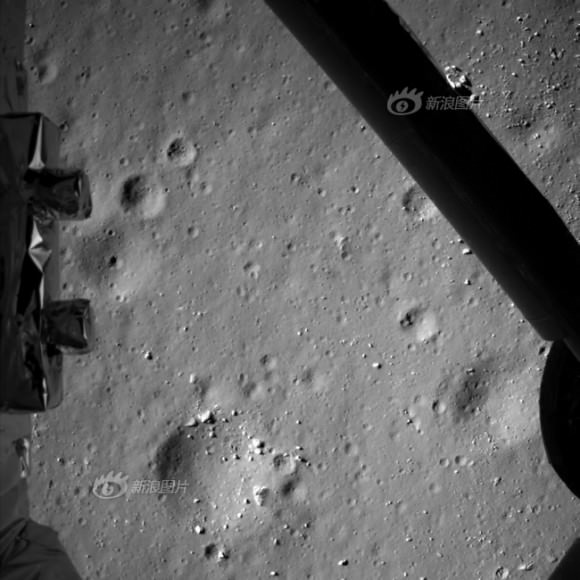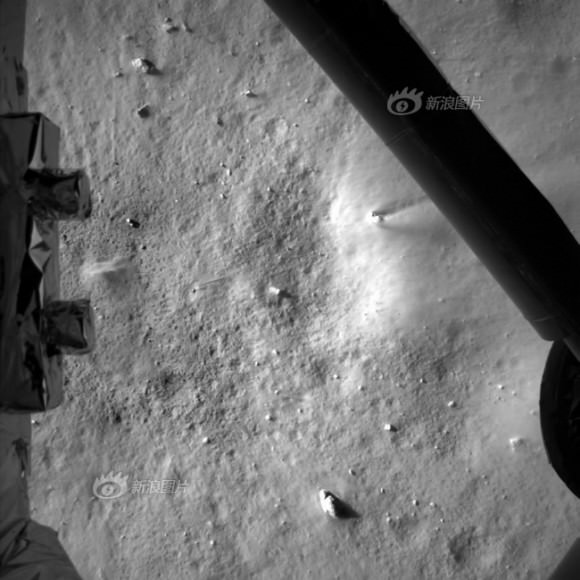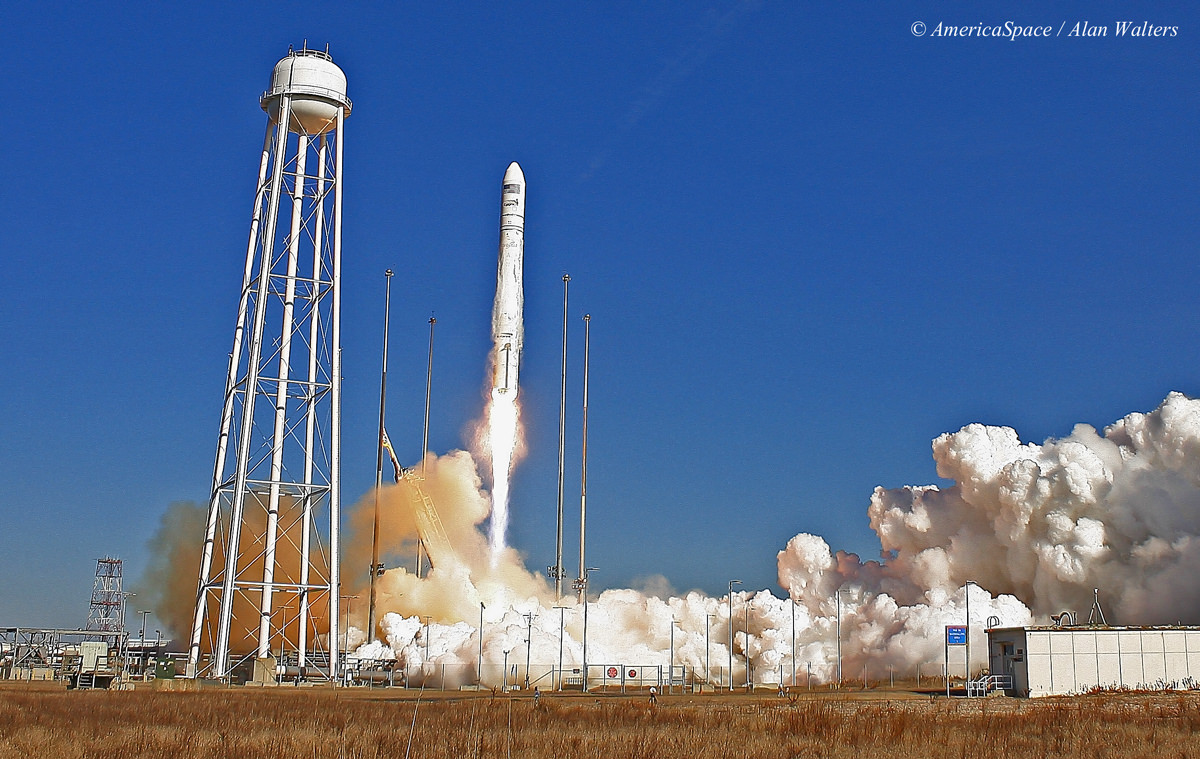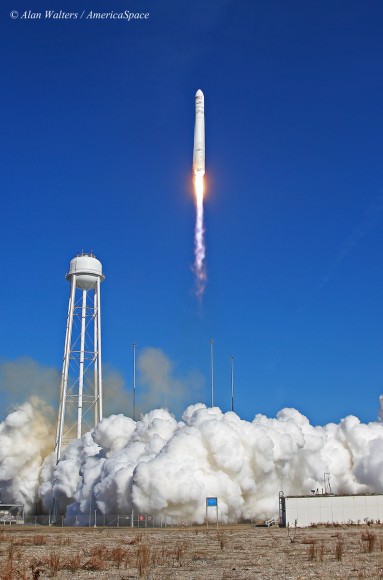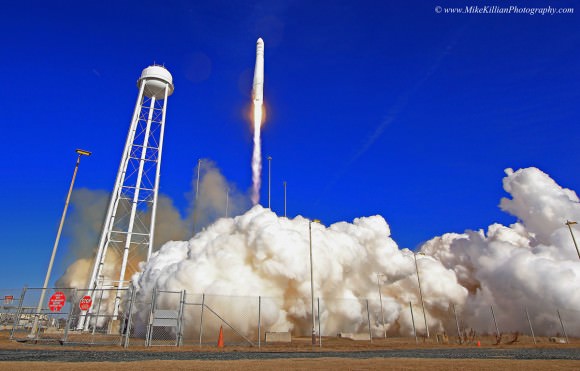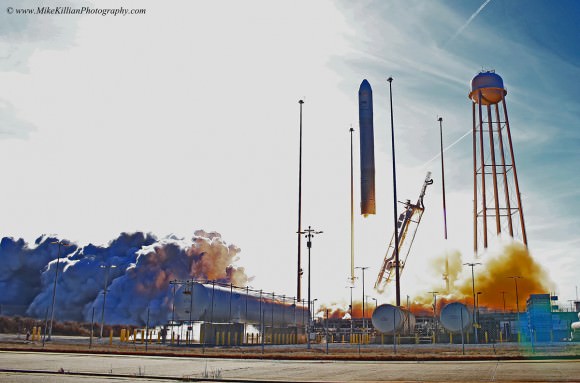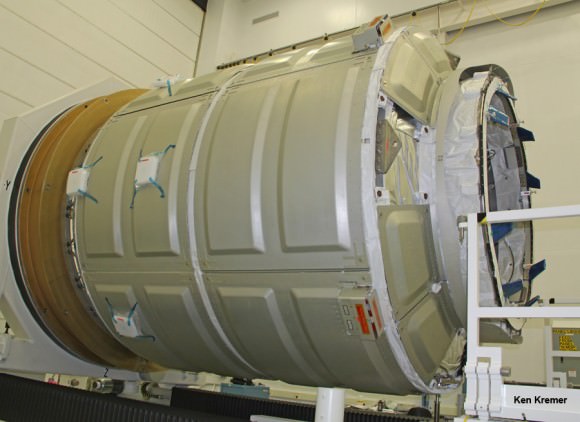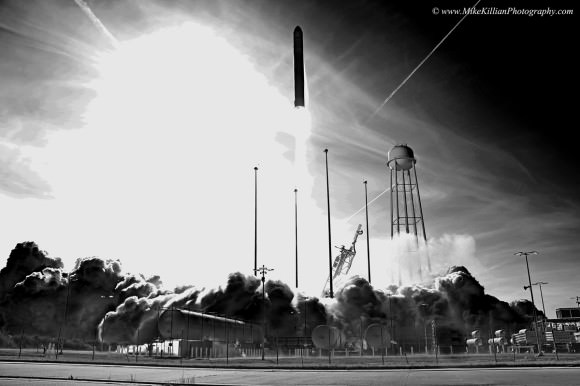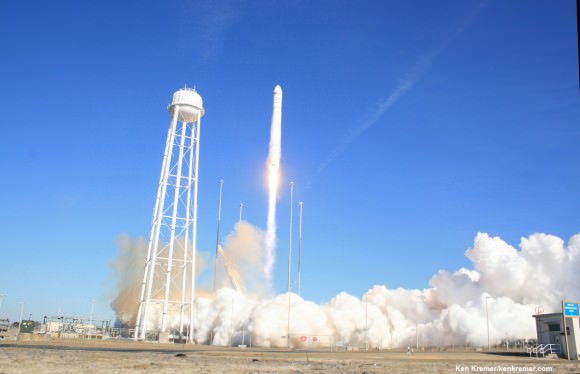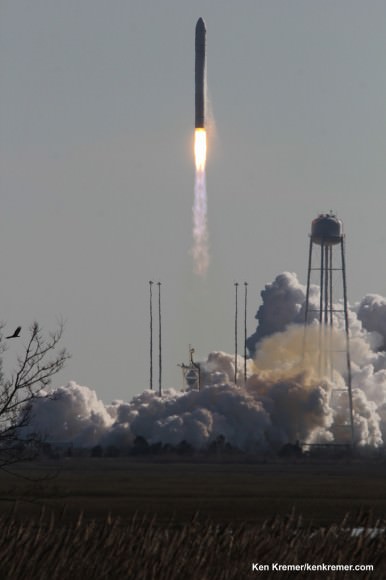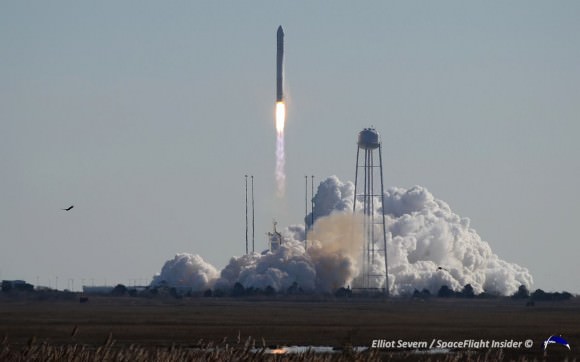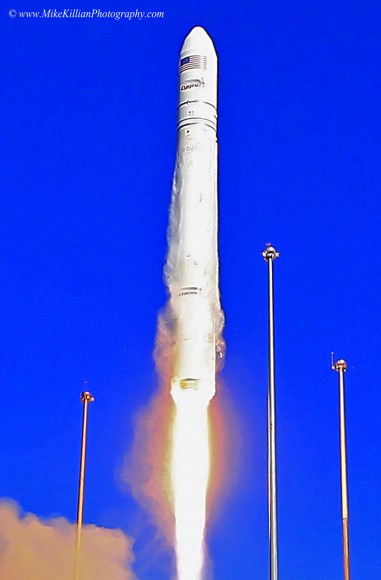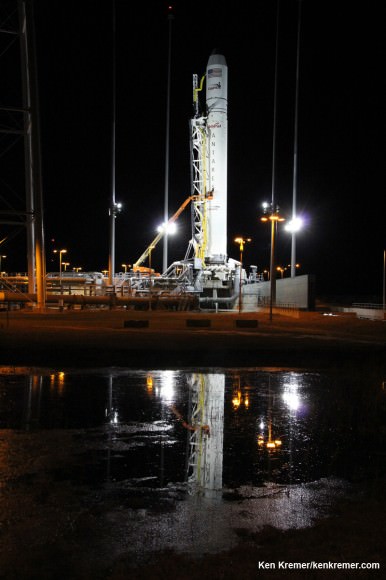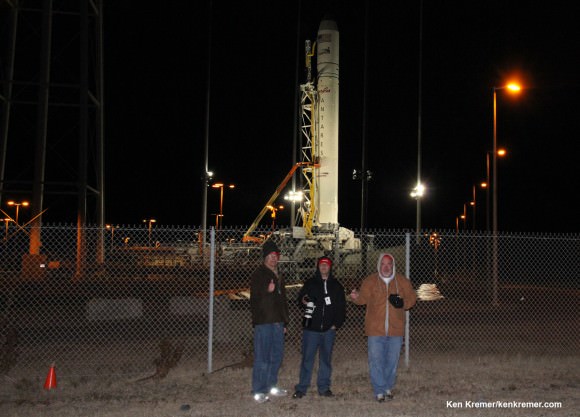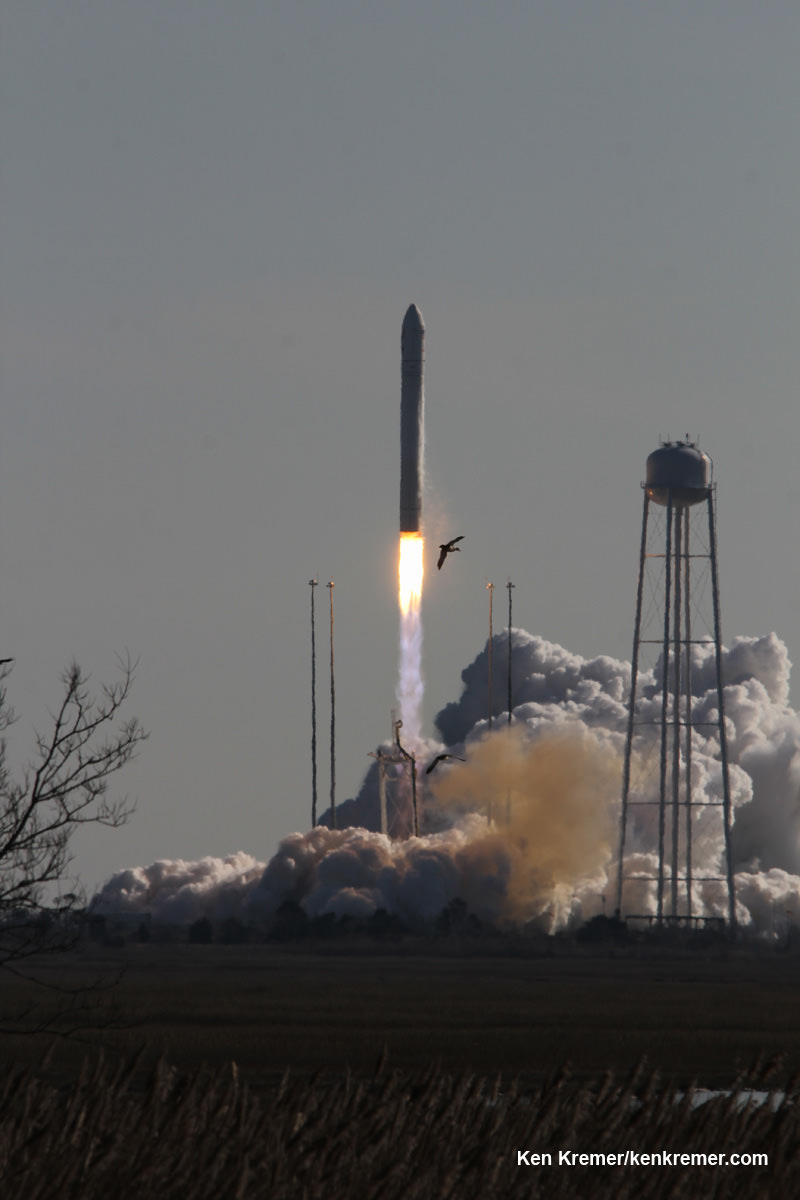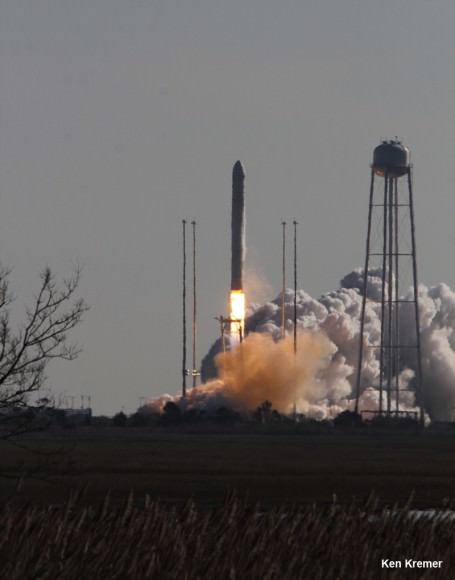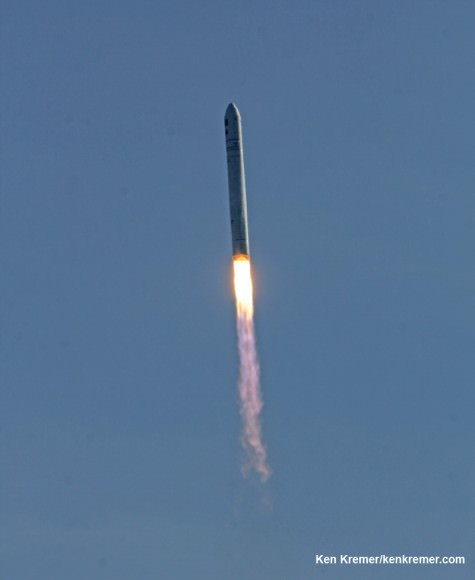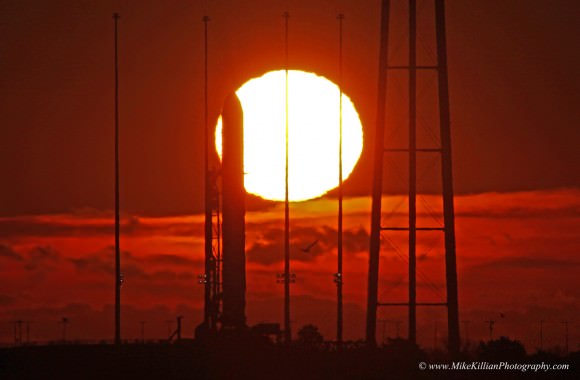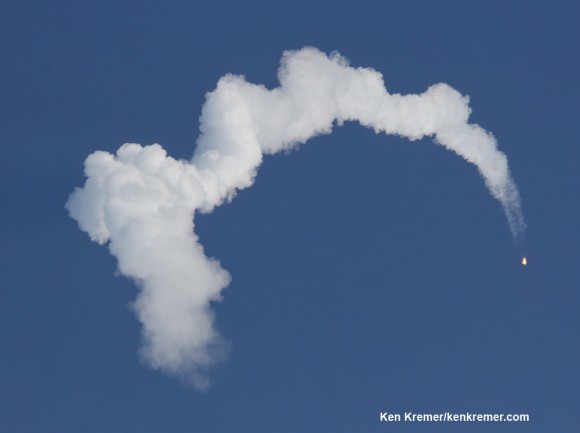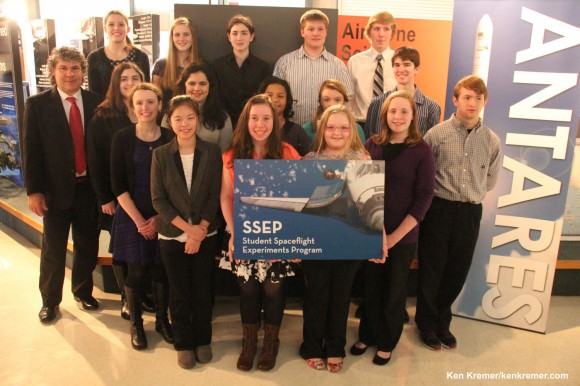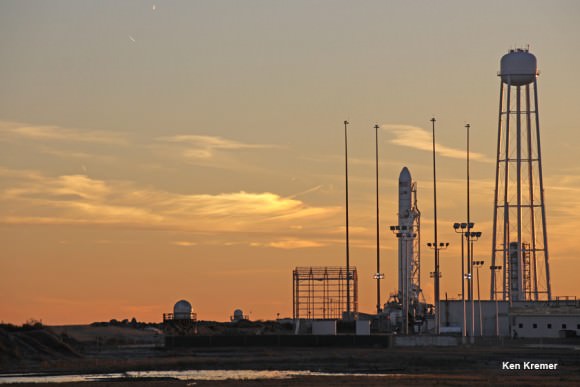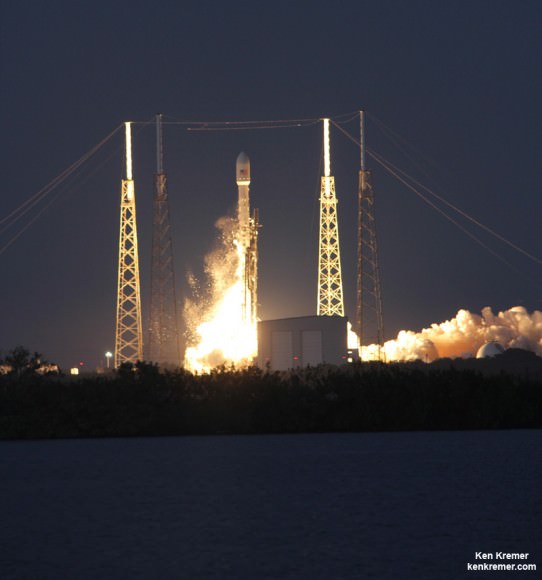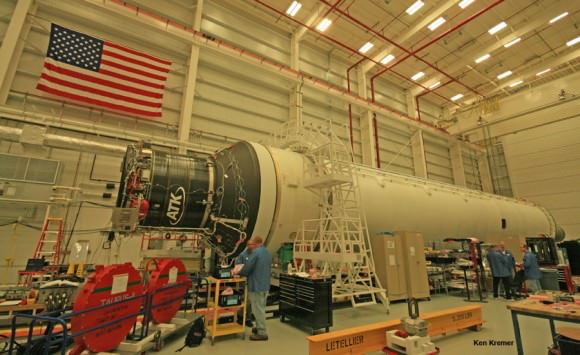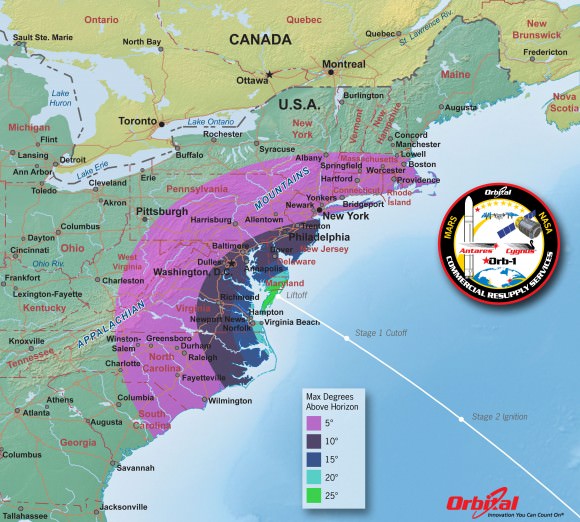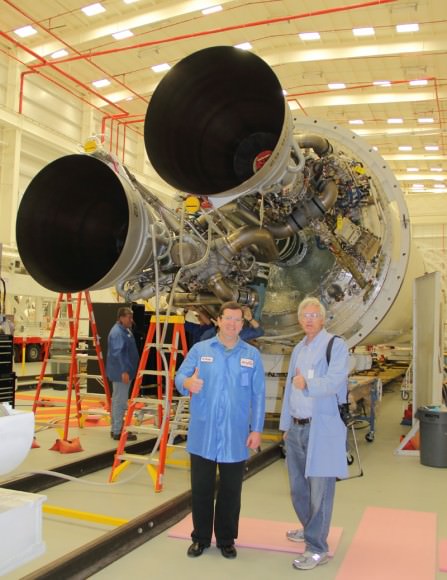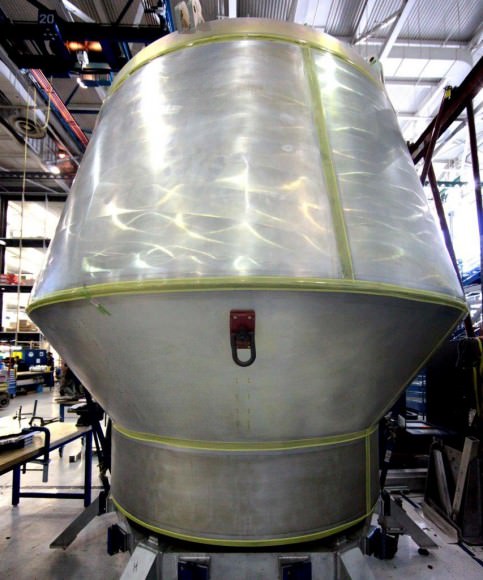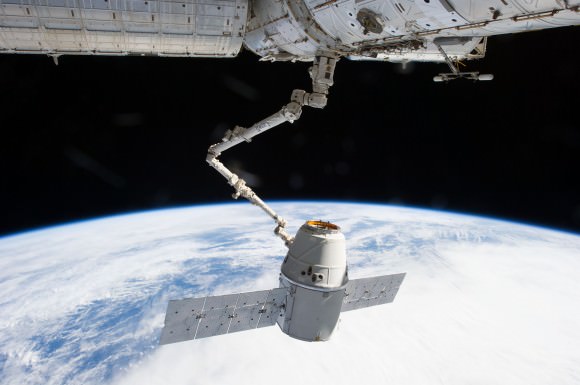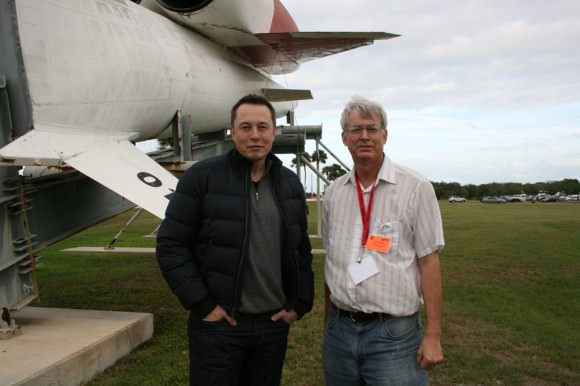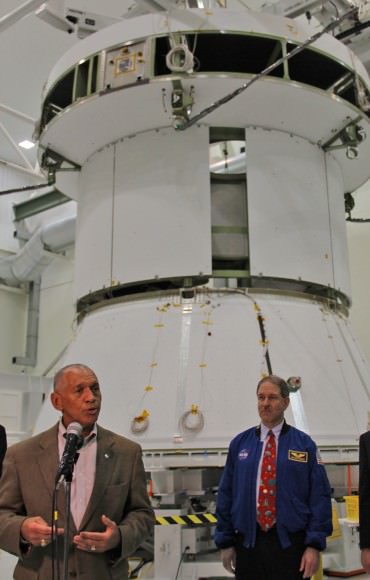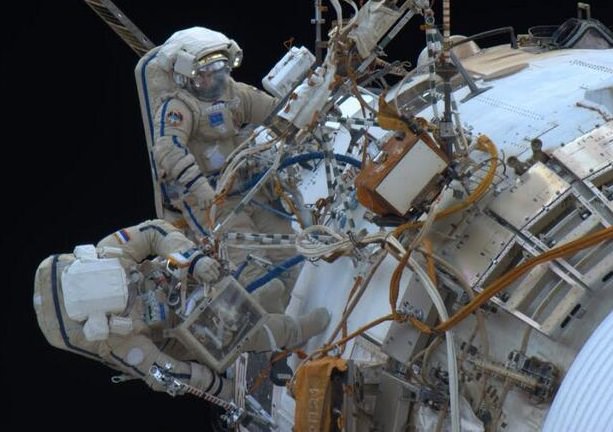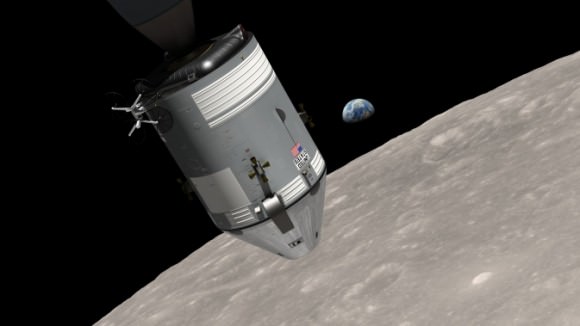You may have noticed a change underway in your city lighting. High pressure sodium lights, with their familiar orange glow, are quickly being replaced by new, energy efficient blue-white LED (light emitting diode) lighting. Is this the beginning of a new assault on the night or an opportunity to use light more wisely? Many of us first became aware of LEDs in amplifiers, computers and the flashlights we use for seeing our star charts at night. More recently, LEDs became a big hit with Christmas lighting. And why not? Although they cost considerably more, the bulbs last much longer, use a fraction of the energy compared to incandescent and sodium lighting and don’t contain materials like mercury – common in fluorescent lighting – that can harm the environment. A typical incandescent bulb lasts about 750 hours while an LED bulb can glow for up to 50,000 hours. What’s not to like?

The changeover to LED street lighting is already underway in my own city of Duluth, Minn. U.S. I noticed this one night this fall while driving home from work. Buildings and intersections that had been orange the night before were bathed in a far more intense blue-white light. Don’t get me wrong. Our city engineers deserve high marks for adhering to good lighting standards by packaging the new lights in shielded housings with minimal light spill upwards and to the sides. Light in those directions not only creates unwanted glare but seriously brightens the night sky, robbing many of the joys of stargazing.

Still, everything was not OK. The LED street lights were INTENSELY bright, much more so than the “old-fashioned” sodiums. Looking up was like staring into the sun. If you have the opportunity, step under an orange sodium street light and then under an LED. You’ll be amazed at the difference in light intensity. To gauge the approximate difference in brightness between the two, I pulled out my camera and took a light meter reading on the pavement beneath an LED lamp and then under a high-pressure sodium lamp. The LED was brighter by more than more than one camera “stop” or more than twice as bright.
You can’t complain about the color rendition – the whiter LED light is far better – but the increased intensity doesn’t bode well for stargazers.
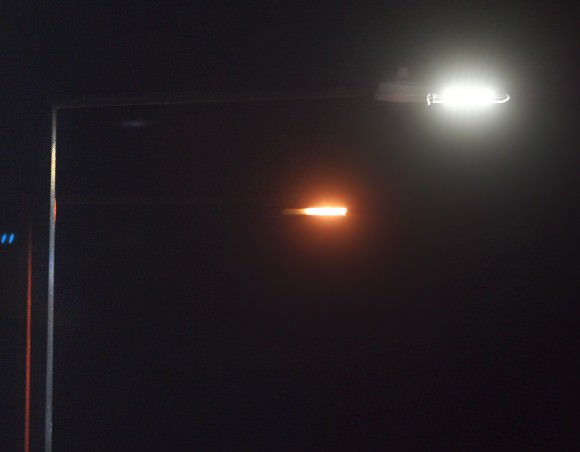
As long as LEDs are shielded, light spill and glare are relatively well-controlled, but light reflected from the ground also goes up into space to light the sky. Here in the northern U.S. where snow typically covers the ground from November through March, winter night skies are the most light polluted; LED street lighting will only exacerbate the situation.

In the big picture however, that’s only a minor headache. LEDs are a wonderful technology, but the benefits they provide in cost savings and long life ultimately guarantee their proliferation in ornamental, building and parking lot illumination. Much of that lighting is unshielded and heavy on glare, making driving at night more difficult, wasting energy and preserving what dark sky remains more challenging. Indeed, the transition is already underway.
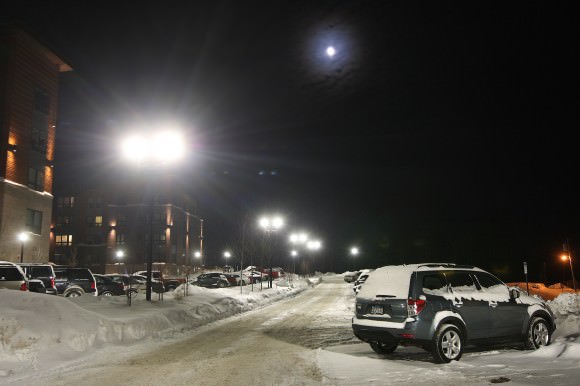
Like an outbreak of mushrooms, LED “wall pack” lights – the ones that shine directly outward without any shielding – have started to appear on the outside walls of buildings as a cheap solution for lighting up walkways and parking lots. They’re replacing the equally bad but half as bright sodium lamps. Ornamental LED lamps in a new housing development in town recently turned night into day. Residents complained and wrote letters to the editor. To their credit, the owners dimmed the lights, but the fixtures were poorly designed to start and still too bright for many.

One additional issue with LED ornamental and street lighting has to do with color. Although natural color LED lighting is available, high-efficiency LED lights emit a much bluer light than sodium vapor. Blue-rich light not only increases the amount of glare sensed by the human eye but also the amount of visible light pollution. Other effects of light trespass and glare include sleeping problems and even an increased risk for certain cancers. We humans need the night more than we know.
LEDs are only part of the problem of course. The real issue is the ever-increasing amount of light pollution worldwide and the potential for new LEDs to make it worse. True, we can take advantage of the ability to adjust and dim current lighting to more suitable levels. LEDs are also highly directional, making it easy to point them just where they’re needed. Finally, new high-efficiency more natural (less blue) LEDs are now available that can help reduce light pollution.

I encourage everyone to learn all you can about the new lighting and work with you local city councils and town boards to use the light wisely, particularly in new developments, parking lots and for building illumination. There’s no question that LED lighting can be used wisely to make everyone happy – stargazers, drivers, shoppers and walkers. For help and more information, the International Dark-Sky Association (IDA) is a great place to start. Here are some additional resources:
* IDA Simple Guidelines for Lighting Regulations for Small Communities, Urban Neighborhoods and Subdivisions – Great background information on what you’ll need to know before you approach your town board
* Sample Light Ordinances
* Great examples of dark sky compliant ornamental LED light fixtures


